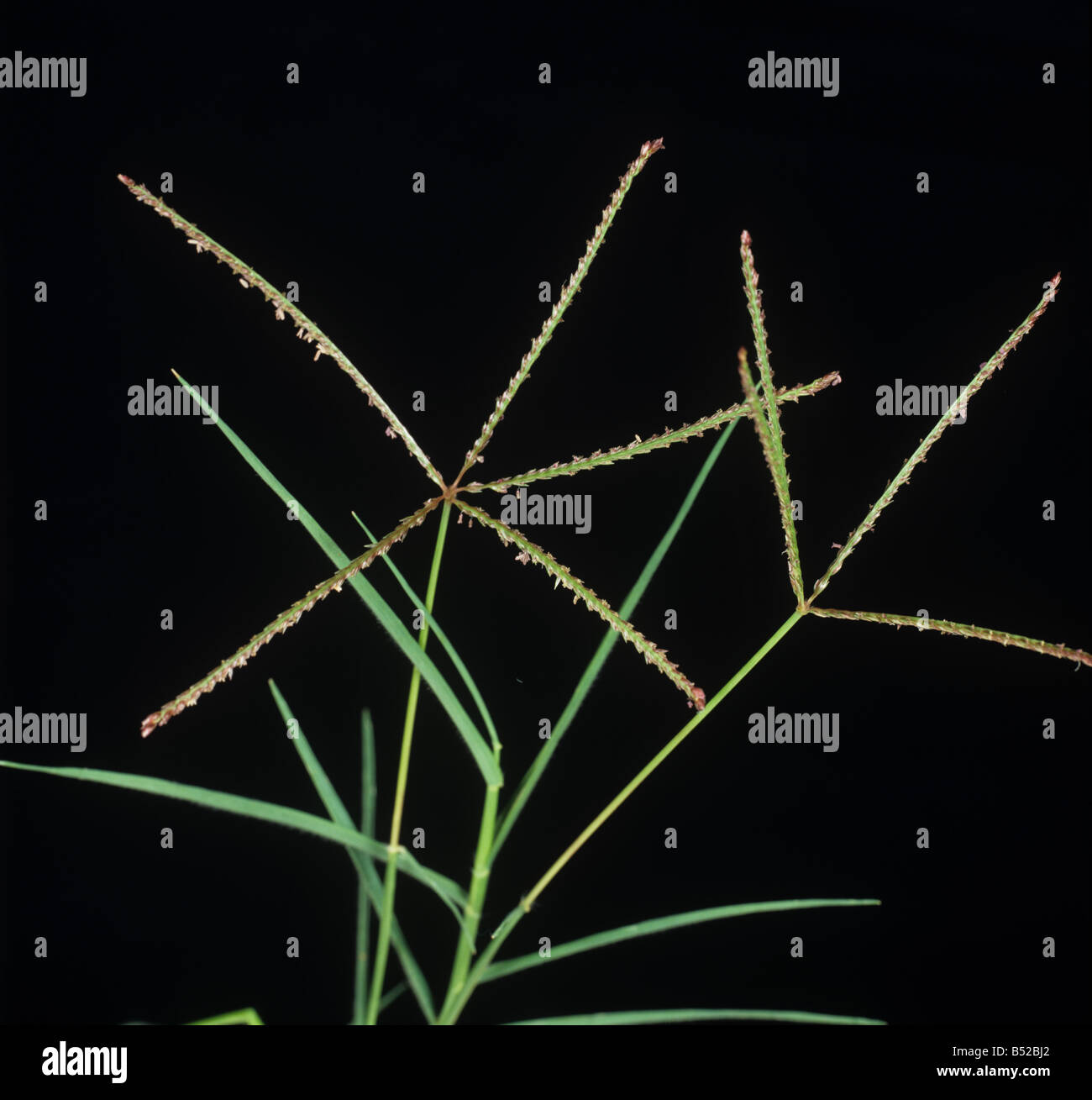
Needs weekly watering, and more frequently during hot summers. Purple Moor Grass ( Molinia caerulea) Clump-forming plants with long slender blades that provide a wispy appearance, it grows well in moist, fertile soils. Drought-tolerant, but does well with weekly watering.ģ. Low-maintenance plants can grow in almost any soil type.

Produces tiny green feathery flowers in late summer that work well as cut flowers too. ‘Prairie Fire’ red switchgrass As the name implies, its foliage turns a deep shade of red or purple by early summer, turning lighter over the weeks till its pale yellow by the end of fall. USDA Zone: 5-9 Varieties : ‘Andes Silver’ Pampas, ‘Pumila’ Pampas, ‘Silver Fountain’ PampasĢ.
GRASS SPIKE PLANT FULL
Width: 4-8 feet Sunlight : Full sun can survive in partial shade Some similar-looking species are highly invasive, so check with the nursery to make sure you are getting C. It can tolerate drought conditions but does well with weekly watering during hot summers. Pampas Grass ( Cortaderia selloana) With foot-long feathery inflorescence, pampas is probably the best option if you are looking to plant something to provide you a little privacy. These are often planted to provide some privacy in one’s garden and home.ġ. Saltgrass along the Atlantic coast was the primary source of hay for the early colonists.Popular Kinds of Colorful Ornamental Grasses with Their Varieties Perennial Tall Ornamental Grasses It is cropped both when green and in the dry state however, it is most commonly used the winter for livestock feed. Saltgrass is grazed by both cattle and horses and it has a forage value of fair to good because it remains green when most other grasses are dry during the drought periods and it is resistant to grazing and trampling. The total dry matter yields were 9081 kg/ha with a total protein production of 1300 kg/ha. "Under favorable soil and moisture conditions, studies have shown Saltgrass favorable for pastures irrigated with saline water. The flower parts of both sex may be bright pinkish-purple.īecause it gets rid of excess salts by secreting it onto its surfaces, the Kawaiisu Indians were able to make salt blocks by scraping off the salt. The staminate flowers look quite similar, thinner but larger overall and denser. The pistillate inflorescence may be up to 8 centimeters long, with green or purple-tinted spikelets. This species is dioecious, meaning the male flowers and female flowers grow on separate individuals.

The solid, stiff stems have narrow leaves up to 10 centimeters in length, which may be crusted with salt in saline environments. It is an erect grass which occasionally approaches half a meter in height but is generally shorter.

Description ĭistichlis spicata is a hardy perennial with rhizomes and sometimes stolons. This plant grows easily in salty and alkaline soils, excreting salts from its tissues via salt glands. Its rhizomes have sharp points which allow it to penetrate hard soils and aerenchymous tissues, which allow it to grow underwater and in mud.

The grass forms sod with its hearty root system. Non-clonal populations tend to be skewed toward a majority of one sex or the other. It can form dense monotypic stands, and it often grows in clonal colonies. Distribution and habitat ĭistichlis spicata thrives along coastlines and on salt flats and disturbed soils, as well as forest, woodland, montane, and desert scrub habitats. It can be found on other continents as well, where it is naturalized. This grass is native to the Americas, where it is widespread. Distichlis spicata is a species of grass known by several common names, including seashore saltgrass, inland saltgrass, and desert saltgrass.


 0 kommentar(er)
0 kommentar(er)
